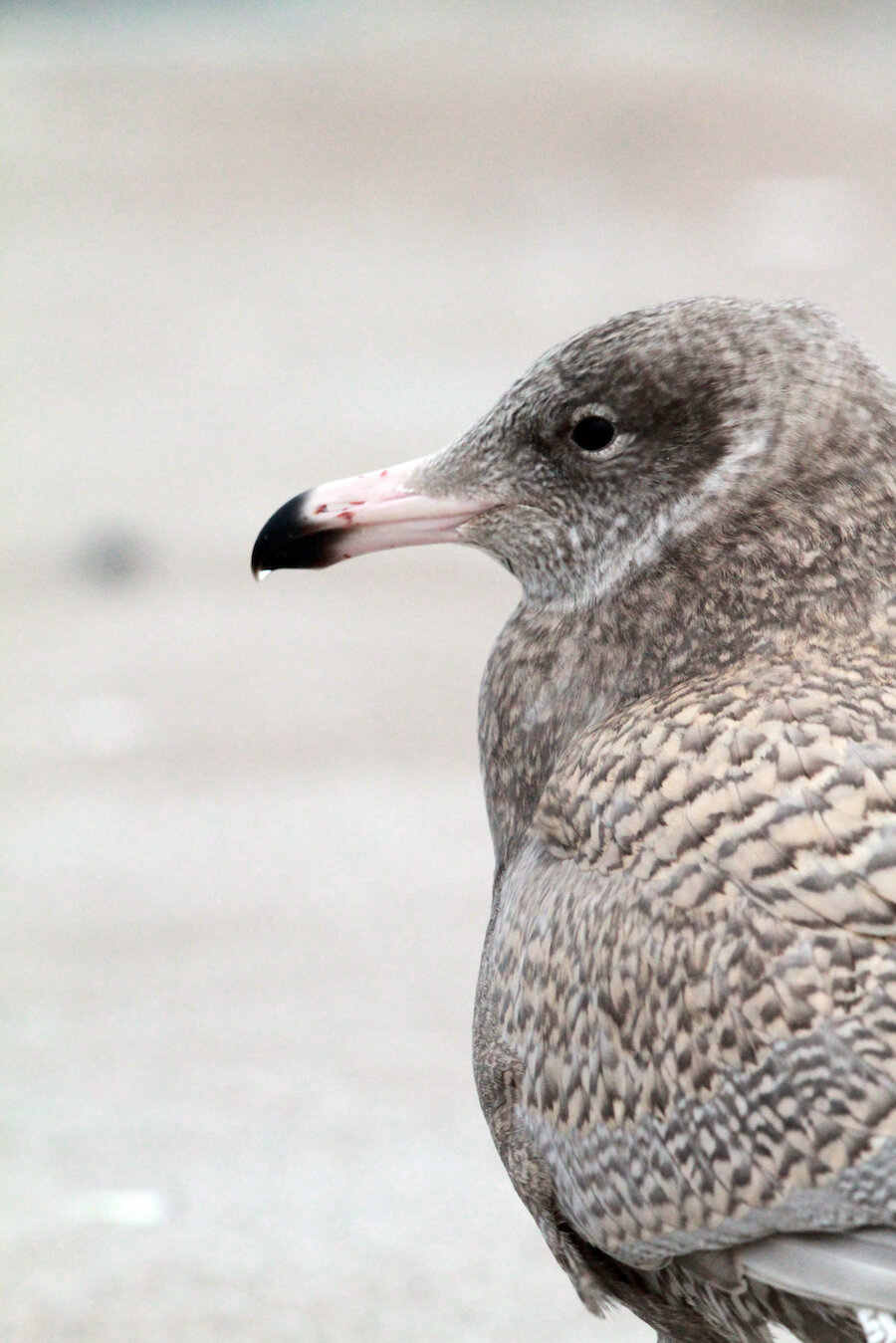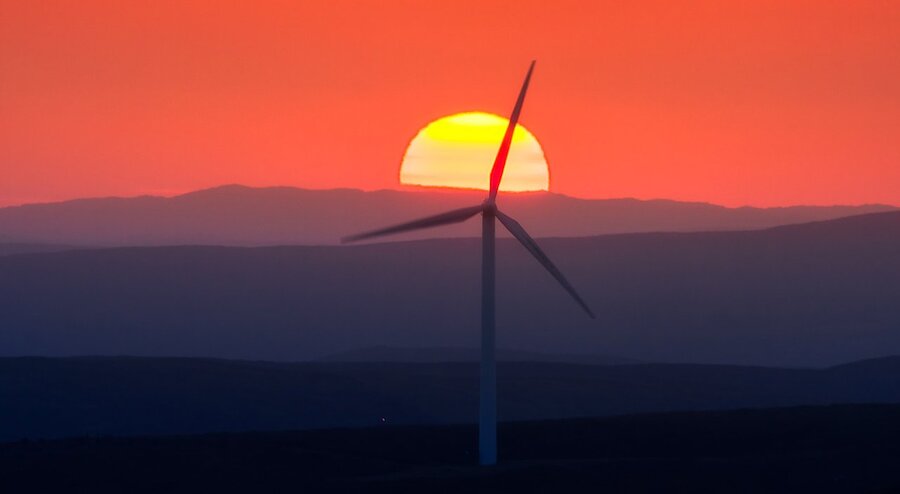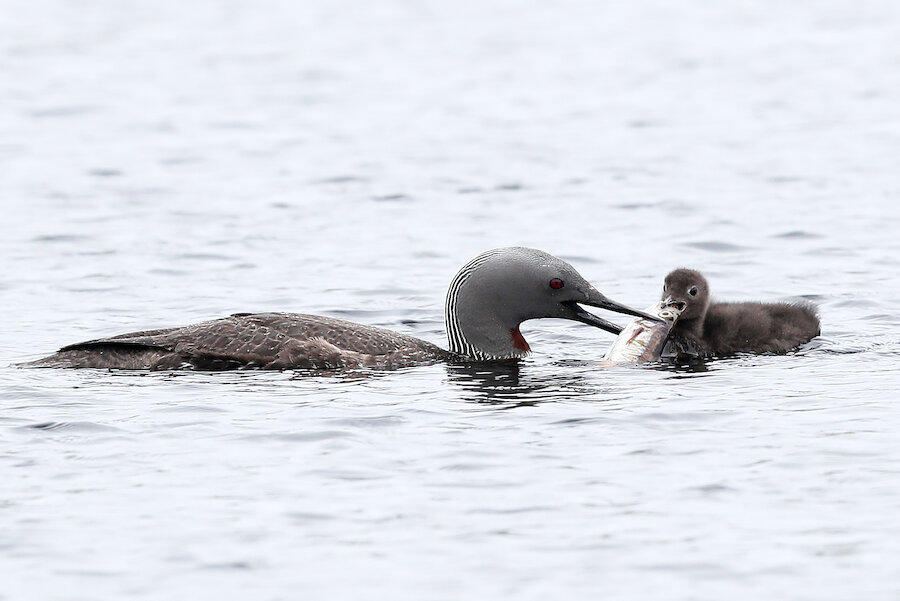The view from my kitchen windows is, even by Shetland’s maritime standards, quite a lot to take in. They say that nowhere in Shetland is more than three miles from the sea, so fractured is our coastline. Viewed from above, the edges of the islands form an intricate interstice between land and sea, with barely a straight line in more than 1,600 miles of coast. Deep voes punctuate a mosaic of small bays, headlands, holms and offshore skerries. I can see all of that from the kitchen, and more besides. Sitting on top of a peninsula that extends from the eastern side of the island of Whalsay, I am surrounded by sea on three sides, and girdled by other islands.
Mainland Shetland sits on the near horizon, with Shetland’s highest point, Ronas Hill, looming in the distance. To the north is the dark mass of the island of Yell, too far away to afford any shelter from the northerlies that sometimes sweep down here straight from the Arctic. With the naked eye, Yell seems to continue further than it really does – I can’t differentiate where it ends and the island of Fetlar begins from my Whalsay perspective. However, on clear days, and with the help of a pair of binoculars, I can see the distinctive Georgian façade of Belmont House and a little of the island of Unst behind it – it’s Unst that fills the small gap on the horizon between Yell and Fetlar. Then, with a large body of water separating it from Fetlar, and set some way to the east of Whalsay, there’s the small island community of Out Skerries.



